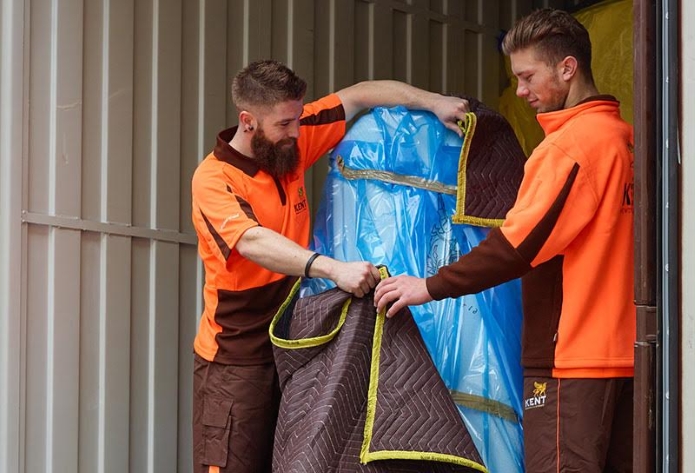
It doesn’t matter whether you’re packing files and spare computer equipment for business storage, or bundling up your treasured possessions for secure long-term storage: when it’s time to pack your treasures, you need to do it efficiently, and in a way that provides the best possible security and protection.
And that’s what this blog is all about: providing you with the best tips out there on how to pack your belongings to a professional level.

1. Make Detailed Lists
Not the most glamorous task in the world, that’s true. But making a full inventory list of the items you’re looking to store will allow you to determine exactly what type and size storage facilities you’ll need, as well as what sort of packing equipment you’ll have to assemble. It may also reveal that it’s time to have a bit of a de-clutter, with a garage sale or donations to your local charity.
2. Choose a Reputable Storage Company
If you are going with a professional storage service, there’s a number of key features you should look out for. There’s a big market out there, so make sure to demand a free, no obligations quote, along with the highest quality of storage facility.
Customer reviews on third party websites are an important thing to check up on too, along with insurance policies and relevant independent third-party industry accreditations.
3. Invest in the Right Equipment
Many professional storage providers offer packing services. But if you’re going it alone, the right knowledge and equipment could save you a lot of money. The following points cover the most important items you’ll need to pack your treasures:
-
* Sturdy cardboard boxes
-
* Bubble wrap
-
* Professional plastic wrapping
-
* Tape (duct / security)
-
* Markers
-
* Zip-lock bags
-
* White paper sheets
If you use a professional storage provider, you should be able to purchase high quality packing materials and supplies directly from them, saving you time, stress and money in the long-run. After all, who wants to run around all their local shops hunting down second-hand (and second-rate) cardboard boxes?!
4. Get Your Packing Technique Down Pat
Once you’ve got your equipment sorted, you’ll need to start packing. When packing boxes, it’s best to keep them below 20kg in weight. This way, you’ll make sure your box can hold its shape to allow safe and secure transit. Make sure to distribute the weight evenly, with heavy items on the bottom and lighter items on top.
Another great piece of advice is to limit the empty spaces in your boxes. There are plenty of things you can do to fill these spaces. Bubble wrap is a great option, but clothing and other sorts of fabric can do the job too. Limiting empty spaces will ensure a smoother and more secure transit, as well as prevent any collapses during storage.
5. Don’t Forget Security and Labels
Don’t overpack, and make good use of your security or duct tape to reinforce your boxes on each side, top, and bottom.
Once secured, it’s a good idea to label or mark each box with the details of the goods you have stored within. It’ll help a great deal if you need to locate something in a hurry!

| < Prev | Next > |
|---|




